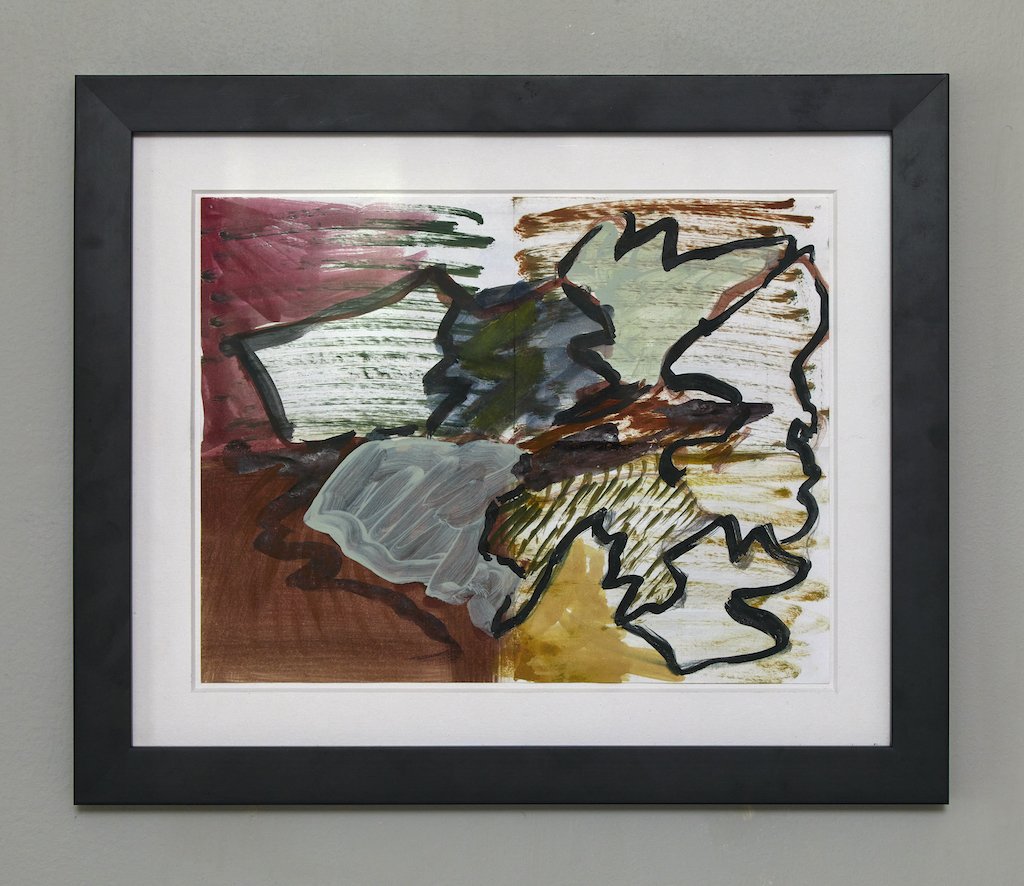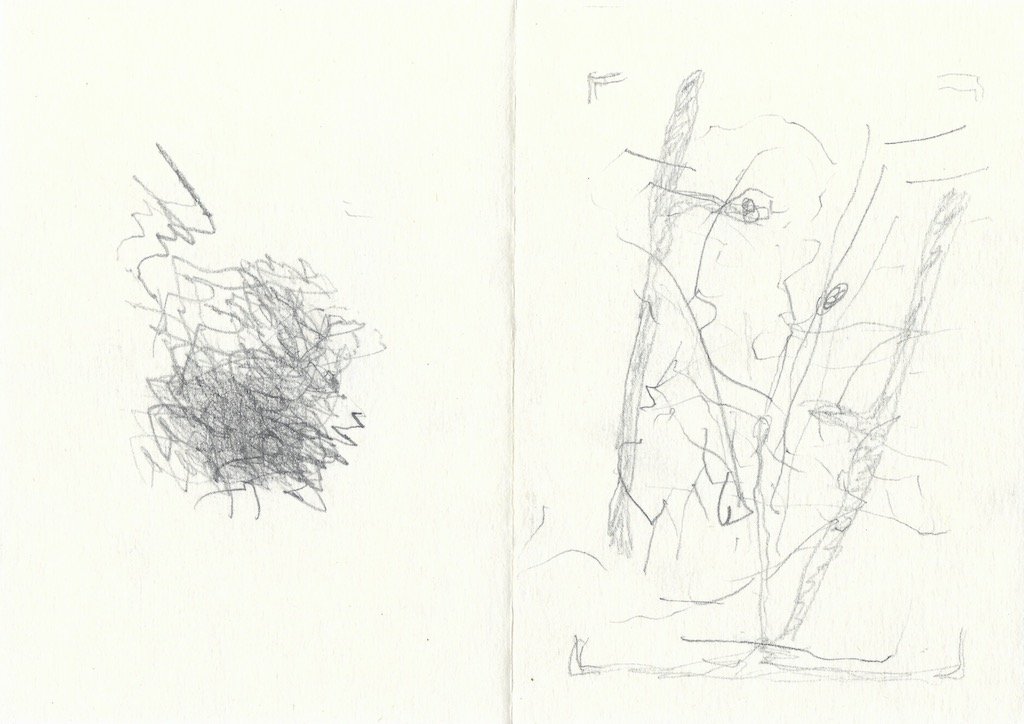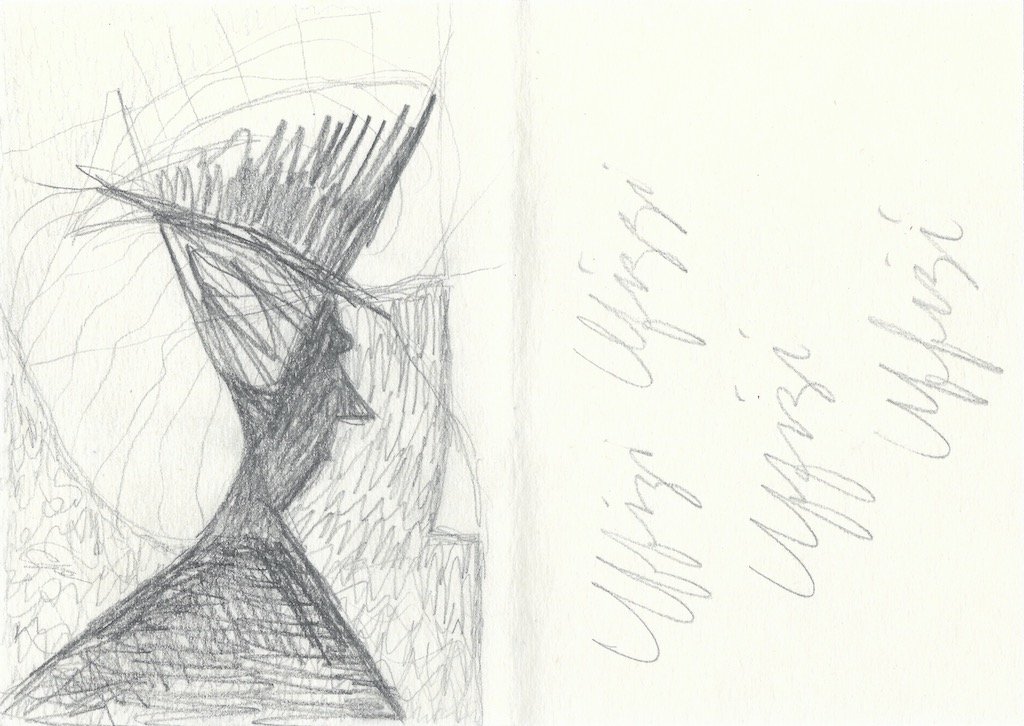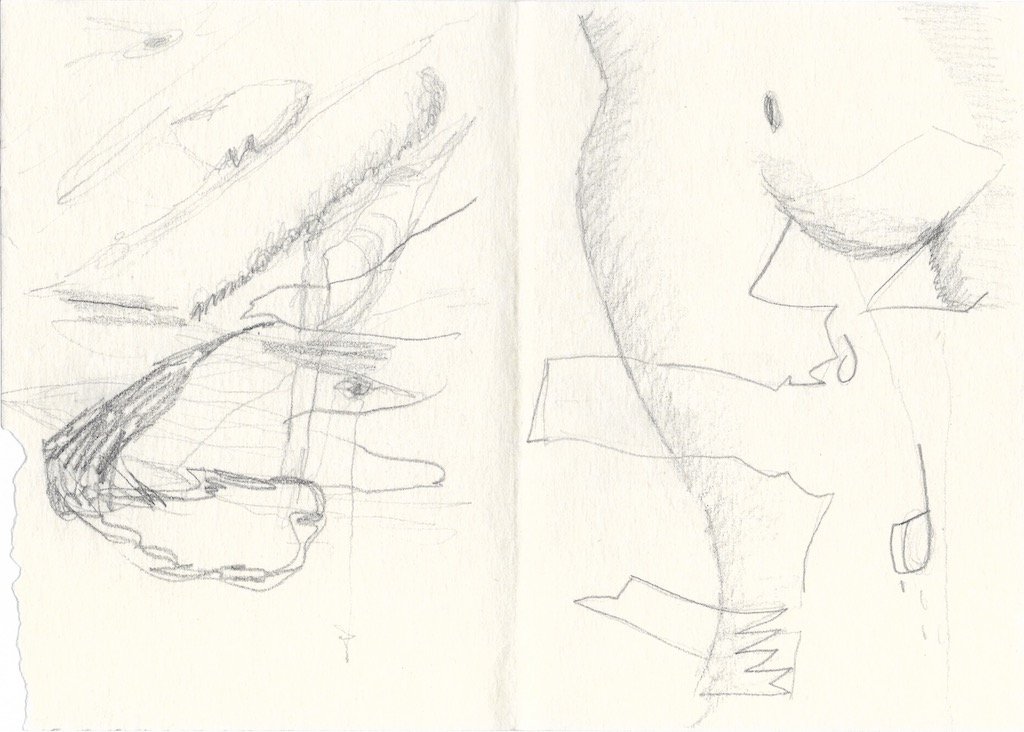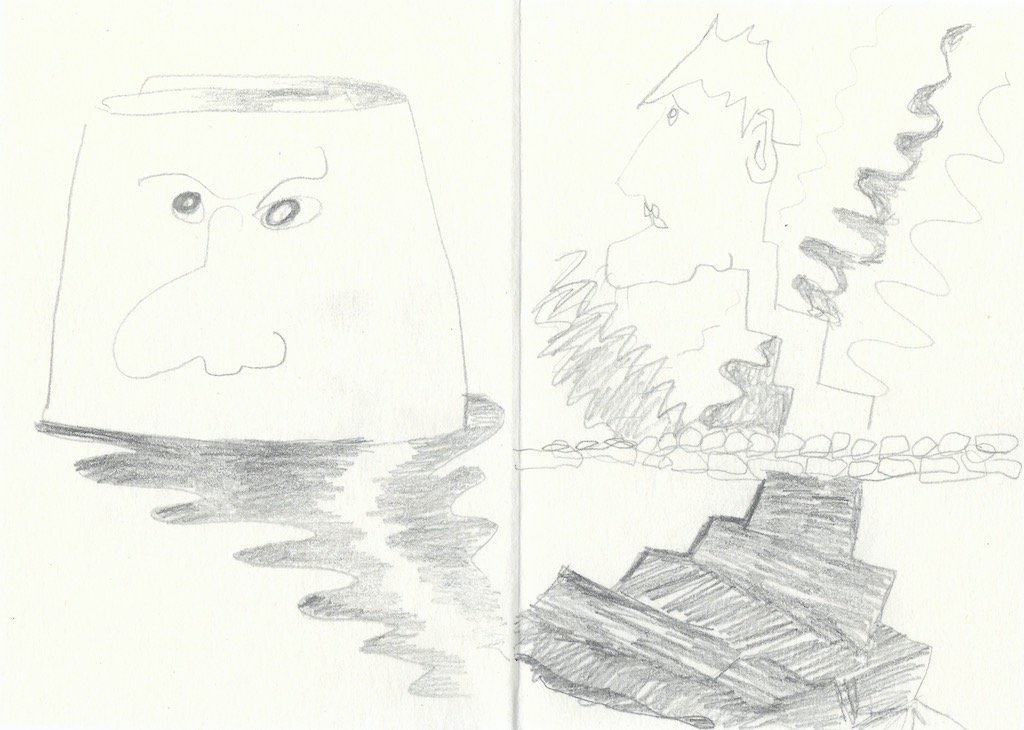Louis Reed
568 Grand St 10002
info@louisreed.nyc
Daniel Graham Loxton
Shallow History
May 1 - August 1 2022
Belgium is a chimera. A nation conjured not so long ago, in 1830, as a buffer between the Protestant Netherlands and Catholic France. This creature, with a Flemish head, a French body and a European heart is an exceptional host for art and its patrons. As de Facto capital of the European Union, nationalism’s roots here are so convoluted, that the Belgian capital — both creatively and financially — is uniquely free to serve art rather than jingoistic myths. It is here, in this shallow history where the deeper roots in Europe perfunctorily convene, that Loxton finds inspiration for this exhibition at Louis Reed
If “oil on linen and fat over lean”, is the enduring doctrine in painting, Loxton pays as much heed to it as the average Belgian does to the notion of the nation state: acknowledging it’s there but not lingering on it. His primary concern is getting something compelling in front of our eyes, and I admire his willingness to do it in unorthodox ways. “Master,” the smaller work in the room, is a prime example of Loxton’s inclination to divert our attention to an engaging periphery. His use of watercolor and paper around a drywaller’s master cut-out is only half the story. Inseparable from the painting is the artist’s decision to hang it high, on a diminutive wall, next to a bright orange couch; appropriating the 17 feet of white space to its right, the view of the Williamsburg Bridge to the left, and the piece of furniture underneath it as integral parts of the composition.
“The Belgians”, contained by a more conventional rectangular canvas, is oddly plastic, layered and cracking, at once shiny and dull. It breaks from tradition by applying oils and acrylics under and over each other with little regard for the sanity of future conservators (a sure sign of an artist I like). On its face the work maps the birthplaces of several Belgian artists. Conspicuously missing is a certain modern juggernaut whose outsized reputation does not interest the artist (except perhaps in negation here). But beyond the politics of influence, he manages to do something quite remarkable: to create a painting that is indexical and emotive at the same time. An earlier version, on paper and sans writing, reminds us that Loxton is, at his core, a colorist in pursuit of compositional elegance in many forms.
Loxton’s earliest memory of art in a museum was the pages of Leonardo da Vinci’s notebooks splayed open for his mom to hold him up to see. What amazed him was not only the artist’s skill, but the breadth of his pursuits, his false starts, the hastily scrawled to-do lists and the cartoons in the margins of the pages. If an artistic practice is like a stage with defined limits, seeing an artist’s notebooks is like finding a trap door to somewhere deeper within. During the years 2018 - 2021, the artist kept a series of A5 notebooks and a golf pencil in his pocket while on the job as a guard at a major New York art foundation. On display are 16 selected pages from these notebooks which comprise the cheekily titled publication, “The Importance of Being Loxton” by Copenhagen based gallery Jir Sandel.
Loxton’s notebook pages, which tip their hat to the masters who came before him, impressed me with their sensitivity, honesty, and humor.



